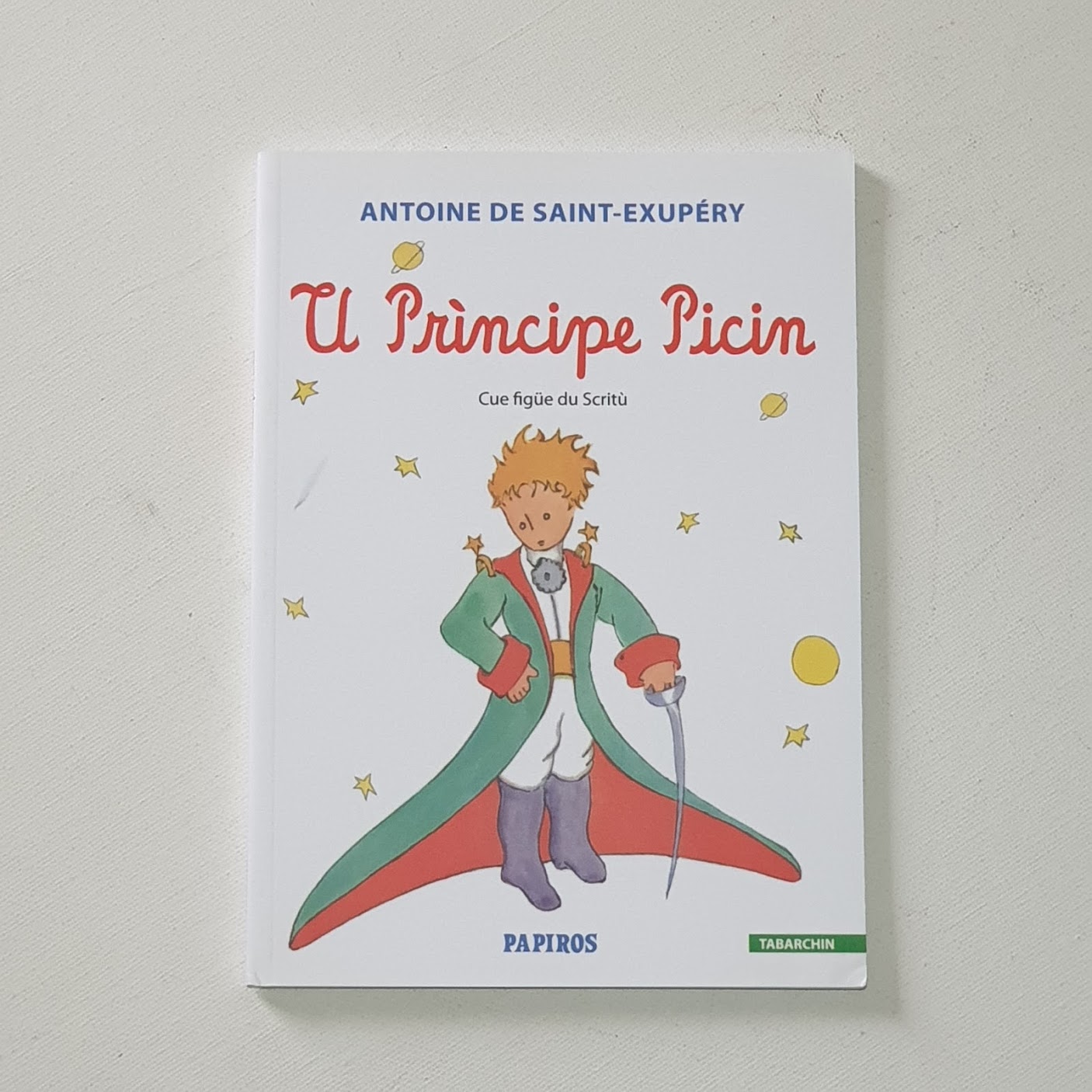
U Prìncipe Picin — in Tabarchino dialect.
The Tabarchino is a Ligurian dialect spoken in the communities of Carloforte on San Pietro Island and Calasetta on Sant’Antioco Island, which are located in the Archipelago of Sulcis in the Province of South Sardinia. It represents a unique linguistic enclave within the Sardinian linguistic landscape, reflecting the historical migrations and cultural exchanges in the Mediterranean.
Tabarchino’s origins trace back to the Genoese (from Genoa, Liguria) settlers who colonised the islands in the 18th century. These settlers were primarily fishermen and coral harvesters seeking new opportunities. Over time, the dialect has preserved many features of the old Ligurian language, making it a fascinating subject for linguists and historians alike, as it offers insights into the linguistic traditions of medieval Genoa
Tabarchino retains many archaic Ligurian phonetic and lexical characteristics not found in contemporary Genoese dialects. Its vocabulary includes terms related to fishing, maritime life, and local traditions, underscoring the community’s historical livelihoods. While predominantly Ligurian, Tabarchino has absorbed influences from Sardinian, Catalan, Spanish, and Italian, reflecting the islands’ complex history of domination and cultural exchanges.
For the islanders, Tabarchino is more than a means of communication; it’s a key component of their cultural identity, symbolising their historical ties to Genoa and Liguria. The dialect fosters a strong sense of community and belonging. Tabarchino is celebrated in local literature, music, and folklore, playing an essential role in preserving the islands’ unique cultural identity. It’s not just a linguistic curiosity but a living link to the history and traditions of the Tabarchini people.


